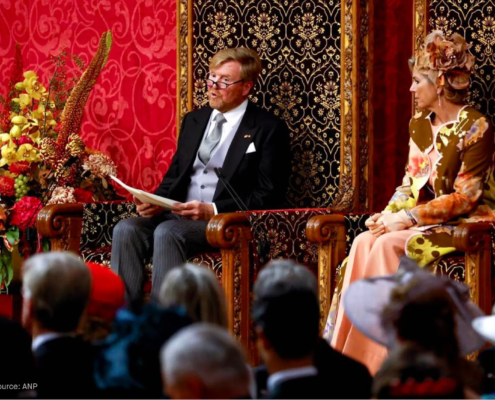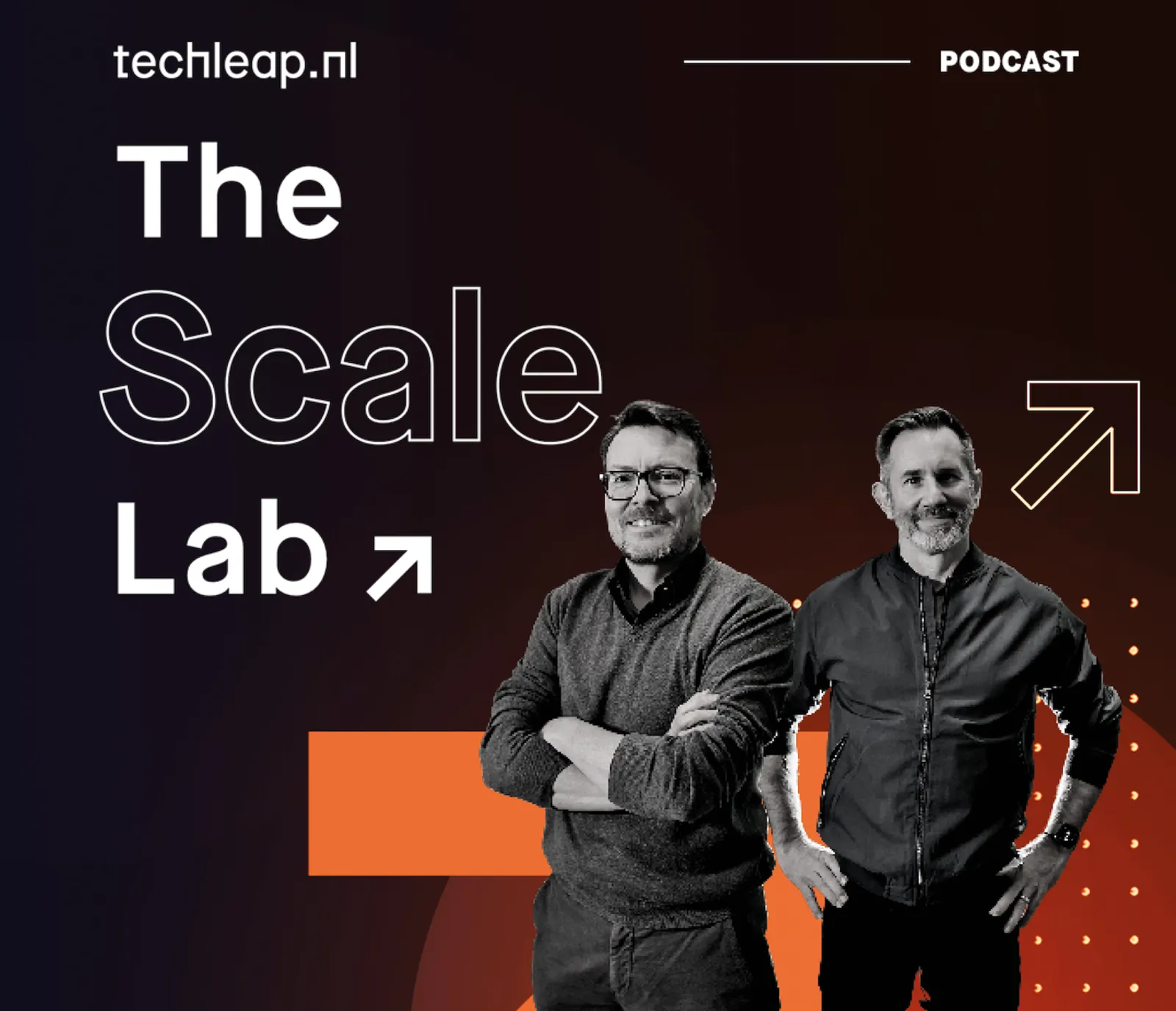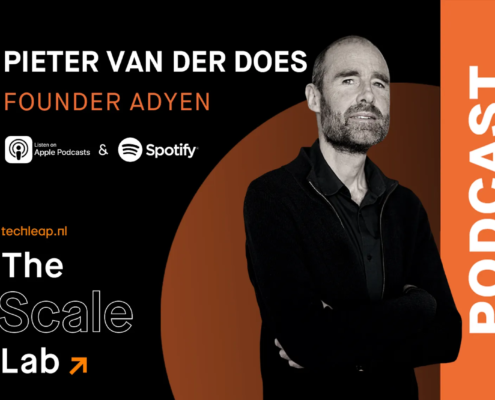“Those experiences were very different. When we first started Edomondo in 2007, we had this vision that we wanted to make fitness fun, we wanted to bring technology and the social dimension into individual sports.
The requirement for using Endomondo was that you had GPS on your phone. In 2007, very few users had GPS, and to make matters even worse, the app store hadn’t been invented yet
The product market fit was an issue because the technology just wasn’t ready. So it took us three years to get to the first one million users, those were some tough days.
It’s interesting when you study some of the biggest marketplaces, they almost all start out unscalable, they start out with things you 100% can’t keep doing. At Endomondo, we’d go out to every running race we could find, we would set up shop, borrow my husband’s car, set up with a little table and computer, and have someone carrying a phone around showing it live on the screen.
It wasn’t much fun, but we had to get users in one by one in the beginning.
With Too Good To Go it was a different experience. At that time, apps were a big part of our lives, so distribution was easy. It only took a year to get to the first million users. Because it’s a marketplace we also had a supply side we had to build up, but the stores actually liked the value proposition from day one, so that was relatively smooth compared to Endomondo.
The stores understand there is this strong mission, for a lot of them this also becomes part of their CSR. Then there’s the marketing aspect, we also send new users to their stores and we have research showing that a significant portion will become full-paying users later on.
Then there’s the money aspect, you suddenly have money from the food that you would otherwise throw away. For some stores it’s all about the mission and for others it’s more about the finance.”
 https://techleap.nl/wp-content/uploads/sites/3/2023/12/Prinsjesdag-2023.webp
1133
1600
Sylvie
https://techleap-design.nl/techleap/wp-content/uploads/sites/2/2023/11/Techleap_Logo_BrandBlack_Techleap_Logo_Reversed.svg
Sylvie2023-09-25 12:31:472024-03-25 13:01:01Prinsjesdag 2023: Key takeaways from Budget Day for the Dutch startup and scaleup community
https://techleap.nl/wp-content/uploads/sites/3/2023/12/Prinsjesdag-2023.webp
1133
1600
Sylvie
https://techleap-design.nl/techleap/wp-content/uploads/sites/2/2023/11/Techleap_Logo_BrandBlack_Techleap_Logo_Reversed.svg
Sylvie2023-09-25 12:31:472024-03-25 13:01:01Prinsjesdag 2023: Key takeaways from Budget Day for the Dutch startup and scaleup community



